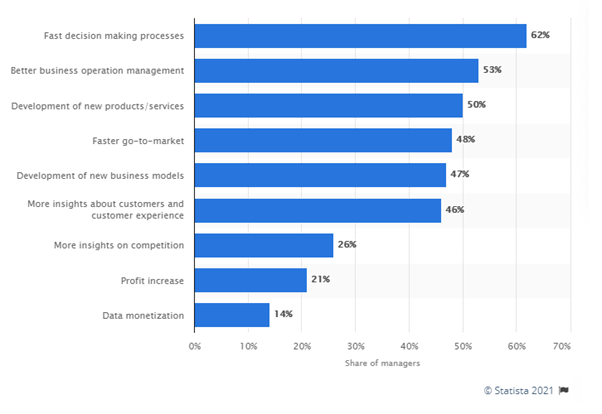
Customer Lifetime Value, shortened as CLV, is one of the metrics that email marketers should be using. Even though it is not directly referring to the email campaign results, it’s very beneficial. Thus, let’s learn more about CLV: here’s a brief introduction to the Customer Lifetime Value measure.
What is the Customer Lifetime Value?
Not all customers will have the same value, and here’s where the CLV can really help. Customer Lifetime Value represents the total amount a customer is expected to spend in your business from acquisition until the end of the business relationship.
If you can identify different customer groups/types of customers and measure their value, it will be much easier to make successful business decisions. Understanding the lifetime value of a customer group can bring significant insights to any company.
How to Measure the Customer Lifetime Value?
There are several ways to measure the Customer Lifetime Value. Here’s one formula that could help you start:

A quick illustration: let’s say one customer group buys products that cost $10, five times a year, and the average business relationship is six years. So, the worth of this type of customer would be $10x5x6= $300. Another customer group buys more expensive products, but fewer times a year. For example, we have $50 a purchase x 2 times a year x 5 years: $50x2x5=$500.
With this formula, you can quickly measure which customer group can bring more financial value to your business. That said, you should also take your expenses into account to see the more accurate potential profitability. As we mentioned before, there are other formulas that could help you calculate the Customer Lifetime Value. For example, multiplying the average annual profit of a customer by the average customer retention duration. Here’s a handy article to learn about different ways of calculating the CLV.
The Benefits of the Customer Lifetime Value Measure
Email marketers often rely on email marketing analytics. Email analytics can bring great insights that help optimise future campaigns, design and content. The Customer Lifetime Value measure can help make data-driven decisions. In general, data-driven decision making (shortened as DDDM) is something all businesses should adopt. Here’s an interesting survey asking business managers about the main advantages of data-driven decisions:

Budgets, Profitability and Targets
With the Customer Lifetime Value measures in place, you can decide how much you should spend to acquire new customers, retain existing ones, and maintain a profitable business relationship. It will be much easier to plan your marketing budget and identify which customer groups require bigger or smaller marketing spend. You will be able to better align with the overall business financial targets.
The CLV can help identify your most profitable customers quicker, set achievable targets, measure your most important KPIs, and find ways to increase profitability.
Email Marketing Planning and Execution
When planning your email marketing strategy and tactics, the measurement of the Customer Lifetime Value can help you in many ways. For example:
- get beneficial insights and make decisions based on data;
- identify what products or services the different customer groups want – great inspiration for the content for your next email campaigns;
- build customer loyalty: set objectives, create campaigns, analyse metrics;
- set short and long term marketing goals;
- find the over/underutilised areas in your email marketing;
- improve your email marketing segmentation and overall targeting;
- measure the success and the financial impact of your email marketing campaigns and workflows.
Improve the Customer Lifetime Value with Customer Onboarding
One of the ways to help improve the Customer Lifetime Value is to have a robust onboarding process. And email marketing is great for that! Your welcome email or welcome emails are perfect for starting the customer onboarding process.
The welcome email journey can be focused on communicating your company’s value from the very start. With the right content, automation and segmentation, build brand loyalty and customer and brand relationships. Email Service Providers usually offer email automation capabilities, so try to explore them and see how you can improve your customer onboarding process.
Find ways to test your welcome email. Use split testing, test different images, templates, content length, calls-to-action, etc., to identify what works best for your customers. Here’s more information on customer onboarding with email marketing.
Time to Start Using the CLV Measure
As you can see, the Customer Lifetime Value measure can bring many benefits to marketers. Even though it needs a bit of time and resource investment to gather the right data and do the calculations, it is worth it! The more data you can use to make the business and marketing decisions, the better. CLV data insights can help you set and achieve marketing and sales goals, find more profitable customer groups and allocate the efforts accordingly. The Customer Lifetime Value is a great metric to add to your email marketing.
